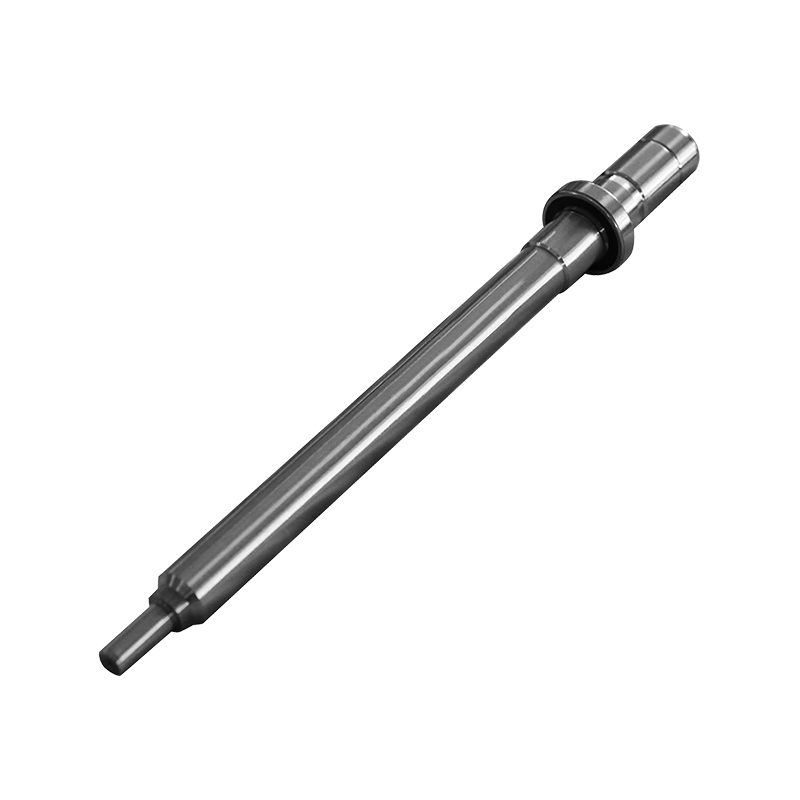
Shaft Bearing, as the core component of mechanical equipment, assumes the important responsibility of supporting the rotating shaft, reducing friction and ensuring the smooth operation of the equipment. In recent years, with the improvement of industrial automation level, Shaft Bearing's technological innovation has become a key factor in equipment performance optimization.
In the fields of heavy machinery, wind power equipment and high-speed motors, Shaft Bearing's reliability directly affects the life and operation efficiency of the equipment. Traditional bearings are prone to wear and failure under high load or high speed operating conditions, while the application of new materials (such as ceramic hybrid bearings) and lubrication technology significantly enhances the durability of Shaft Bearing. For example, bearings with special coating technology can reduce metal contact friction and extend service life by more than 30%.
In addition, the introduction of intelligent monitoring systems makes Shaft Bearing more accurate in maintenance. Through vibration sensors and temperature monitoring devices, engineers can grasp the bearing operating status in real time and predict potential failures, thereby avoiding losses caused by unplanned downtime.

The Bearing industry is undergoing a transformation from traditional manufacturing to intelligent and high-performance. With the advancement of global Industry 4.0, bearing design, production and application have ushered in new opportunities and challenges.
In terms of materials science, the application of high-performance alloys and composite materials has greatly improved Bearing's load-bearing capacity and corrosion resistance. For example, some aerospace bearings are made of titanium alloys that can operate stably under extreme temperature and pressure environments. At the same time, the development of self-lubricating bearing technology reduces external lubrication dependence and reduces maintenance costs.
Digitalization and intelligence are another major trend in the Bearing industry. With the help of the Internet of Things (IoT) technology, smart bearings can transmit operating data in real time, and combine AI algorithm analysis to optimize equipment operating parameters. This predictive maintenance model not only improves productivity, but also reduces the incidence of unexpected failures.
The global demand for upgrading industrial equipment provides broad growth space for the Shaft Bearing and Bearing markets. According to industry analysis, the annual compound growth rate of the high-end bearing market is expected to exceed 6% in the next five years, with demand in the fields of wind power, rail transit and smart manufacturing being particularly prominent.
In the wind power industry, high-power generators have extremely high requirements for Shaft Bearing's accuracy and reliability, and the rapid development of offshore wind power has further promoted the research and development of corrosion-resistant and high-load bearings. The field of rail transit pays more attention to the lightweight and low noise performance of bearings to meet the operating needs of high-speed trains.
At the same time, the increasing stringency of environmental regulations has prompted Bearing manufacturers to explore more sustainable production processes. For example, manufacturing bearings with recyclable materials, or optimizing lubrication solutions to reduce environmental pollution. These measures not only conform to the global low-carbon development trend, but also won more market recognition for enterprises.
As basic components of industrial equipment, Shaft Bearing and Bearing have a direct impact on the efficiency and reliability of the entire manufacturing industry. From material innovation to intelligent applications, the bearing industry is ushering in unprecedented development opportunities. In the future, with the growth of demand for high-end equipment and the advancement of green manufacturing, bearing technology will continue to make breakthroughs to provide more efficient and durable solutions for the industrial field.